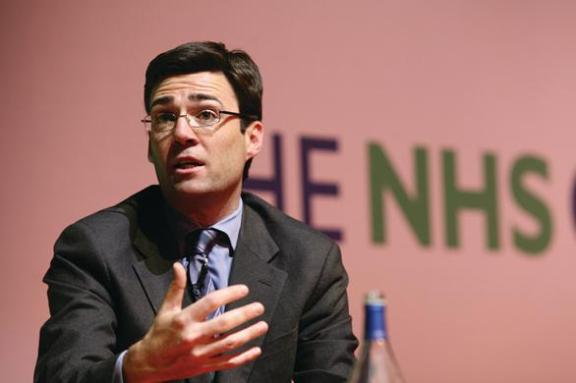The NHS and its subsequent restructuring has been one of the biggest headaches of the Conservative government thus far. As a result, there have been many proposed solutions in attempt to solve this problem. Many have failed to cover the multi-dimensional aspect of the issue. The NHS is underfunded, understaffed, has poor watchdogs (in particular the Care Quality Commission) and they fail in many cases to provide basic levels of care. But, here are two politicians who believe that they have the answer:
Andy Burnham
After his defeat in the leadership race to the former Miliband brothers, Andy Burnham, the former health secretary, has rather eluded the political mainstream. However, as the Tories have tried to blame him for the NHS’s failings (they accuse him of causing 13,000 unnecessary death), he has come back to the fore.
In a recent interview with The Guardian Burnham outlines his big idea – “a really compelling vision for a 21st century NHS.” His plan is to integrate social care into the NHS so that the system “look[s] after the whole person” from birth to old age. This does have some credit. With an ageing population and hospital cuts, the NHS cannot give the people a well-rounded healthcare system.
However, whilst this idea is plausible, it is still theoretical. With slow economic recovery and cuts beginning to be brought in, the question is how is he going to fund this. Burnham says that one option would be a levy on death duties. But, when he first proposed this policy before the last election, the Tory uproar over a new “death tax”, frightened Gordon Brown off the idea. As a result, not only is the idea politically toxic, but the idea of a new tax will be met with a hostile reception from the public.
Jeremy Hunt
In order for the NHS to remain sustainable, Jeremy Hunt believes that sweeping reform must be made for the next decade. These range from plans for a seven-day NHS to having a crack team of senior doctors to be sent into failing hospitals. He says in today’s interview in the Sunday Times that “if [the NHS is] really going to be sustainable we need to have proper out-of-hospital care.” Hunt hopes to achieve this by having family doctors check on vulnerable patients in their area in order to “rediscover and strengthen the doctor-patient relationship”.
Whilst he is often criticized for his inexperience, Hunt’s argument has strengthened in the wake of recent crises (Mid Staffordshire hospital and the death of young Daniel Pelka). This is largely because these levels of transparency serve to strengthen his demands for change. It is true that these reforms are ambitious. However, if he can now find away to work with the doctors and experienced healthcare professionals, maybe, just maybe, the NHS can be saved.




